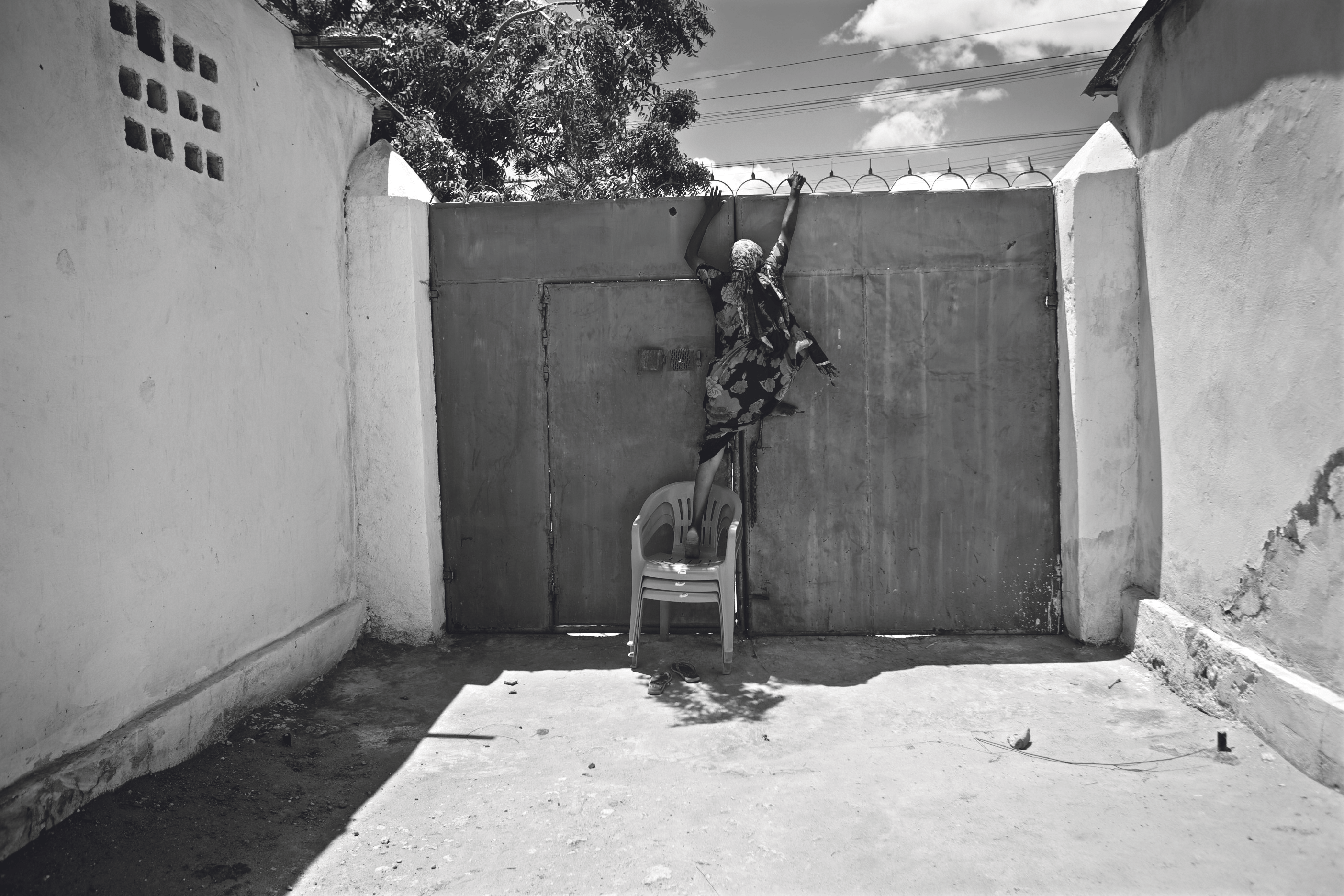 October 2014
October 2014
Profile
Annette Scullion
Robin Hammond, 39, is a photo-journalist originally from Wellington and now based in Paris. Robin has dedicated his career to documenting human-rights issues around the world, especially in Africa. His work gets published in international newspapers and magazines including National Geographic, Time Magazine, The Sunday Times Magazine, The New York Times, The Sunday Times, and The Guardian. In 2013, Robin was awarded the W Eugene Smith Memorial Fund Grant in Humanistic Photography. He is also the recipient of four Amnesty International awards for human rights journalism.
Robin was recently in Wellington as part of the international 2014 World Press Photo exhibition. Wel-Com spoke to him about his work and dedication to social justice issues.
I grew up in Wellington and went to Cardinal McKeefry and Sacred Heart primary schools, and St Patrick’s College Wellington.
My values have been formed by my upbringing. In my family we grew up with the idea that life isn’t always fair but fairness for all is something we should always strive for. This has had an impact on my sense of moral outrage in general when I see things in my work that are not fair, when they should be.
Initially, I went to photography school in Wellington with no sense of what I wanted to do with my photography. I was very influenced by US documentary photographer Eugene Smith whose work touched me in a way I previously didn’t know photography could. I then wanted to reach and touch other people through my work. Receiving the international Eugene Smith Award in 2013 seemed like coming full circle by my being acknowledged for that.
My work centres on social justice and development issues in predominantly developing countries. For the last four years I’ve been working mainly in Africa. I concentrate on human rights for people with mental disabilities coming out of difficult times, such as displacement through natural disasters and conflicts. Issues of flood, famine, war and other upheavals impact mental health.
 Many of these countries, once prosperous, are now going backwards because of disasters. Through photography I can tell peoples’ stories. It becomes a moral obligation for people who are fortunate to respond. I believe, when confronted with suffering, most people do care. The point of this work is to bring a face and a name to a statistic; so when a viewer or a reader sees a child or adult in strife they connect. But there’s a tremendous gap between seeing, caring and acting.
Many of these countries, once prosperous, are now going backwards because of disasters. Through photography I can tell peoples’ stories. It becomes a moral obligation for people who are fortunate to respond. I believe, when confronted with suffering, most people do care. The point of this work is to bring a face and a name to a statistic; so when a viewer or a reader sees a child or adult in strife they connect. But there’s a tremendous gap between seeing, caring and acting.
What happens to people in these countries when infrastructure collapses and the experts and support groups flee? The mentally ill become neglected or incarcerated.
They are the most vulnerable members of society when governments spend money on bullets and bombs and not on them. When the famine has gone, flood waters have receded, conflicts are over, and the media and support workers leave, the problems are not repaired. Often psychological harm is there and the people who are severely disabled are abused. The most common solution is to put a chain around someone’s ankle or to incarcerate them.
There are rewarding moments when my career impacts people. I often get messages from people who are touched and want to help. There was a situation in the Democratic Republic of Congo where a young woman was brutalised by a gang in front of her four-year-old daughter. Her home was set alight and her child died. A reader saw my story and donated. I was able to go back with the money so a new house could be built and a business started for the woman. It was amazing to see her life turned around. It was very affirming that people do care and are able to connect – and that’s the whole point.
Sometimes it can be really hard and I feel completely powerless in my work. I see real human suffering and it’s very difficult to have to walk away. There are times I wish I could put down my camera and do more for the people I see. Sometimes we have to be fundamentally human before we are journalists. For example, mental health is up against institutions and powerful people. It’s really difficult to see mentally ill people in chains, shackled, locked away in prisons. And the vast majority I’ve photographed are still there.
I will continue to work on mental health issues and the next stage for me is to focus on those who are helping. They are very brave, courageous people with no resources and a tide of stigma. I want to go back and help them. It really upsets me that mental health is neglected. It affects one in four people in the world and there is so little done. I want to show here’s a problem and here are the people trying to help and I hope to do that early next year.
Life is not always fair but my hope is to see change and I have to try.